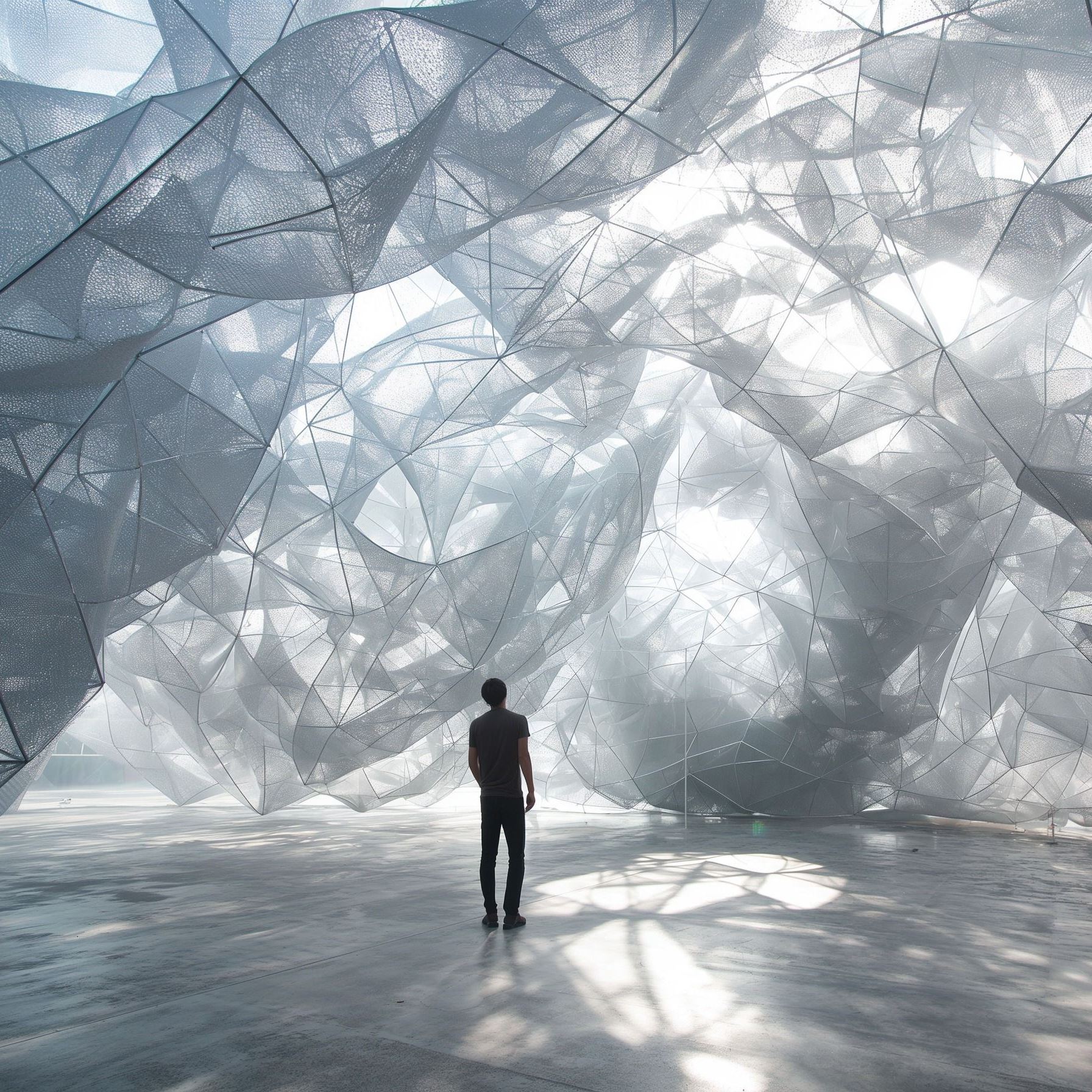There’s always something monumental about a large-scale art installation. Such art objects, whether installed inside a gallery or museum or positioned in an open public space, are memorable and impressive. Large-scale sculptures or street artworks challenge the boundaries of conventional art and transform spaces. But what does it really take to create an installation like this? Let’s find out.
Feasibility Assessment of Large-Scale Art Installation
The first stage of any large-scale installation planning is a feasibility assessment. The artist needs to engage a team of engineers who will help them evaluate the safety and sustainability considerations of the sculpture they want to create. The team should also think over the set of materials and structural support needed to bring the artist’s idea to life.
Planning and Permits
Art installations in public places can’t be just arbitrarily put there; the artist and the creative team need to obtain official permission from local authorities for that artistic endeavor. Permissions are granted upon considering the potential environmental impact of the installation, its proper zoning, and the assessment of the safety plan. Unfortunately, the process may extend for months, especially if some sort of public interaction or space interruption is a part of the creative intent.
Fabrication of the Installation Object
Once the permit is granted, the artist can proceed with building the installation. It’s important to choose durable, weather-resistant materials for such art objects located in open spaces. Some materials and support structures are produced by industrial suppliers, e.g., steel or aluminum frameworks and durable fabrics. The artist should think over the art logistics procedure, as the pieces of large-scale art objects are usually shipped separately and assembled in the installation space.
Installation of the Artwork
Now that all parts of the installation are delivered, the process of the actual installation starts. Large-scale objects may require cranes, lifts, and professional scaffolding equipment to get all the pieces in their places. The artist may also need to hire a team of riggers and art installers to complete this process safely and compliantly.
Maintenance and Removal
Permanent installations require ongoing maintenance and cleaning to preserve their initial form and aesthetic effect. Semi-permanent or temporary, ephemeral installations need to be securely dismantled at the end of the permitted display period. The artist’s team should bear responsibility for the art object’s responsible disposal or storage.
As you can see, there is always plenty of planning and human effort behind a large-scale art installation. Such objects require the proper balance of expert coordination and creativity to achieve their artistic goals and touch the hearts of the audience.
